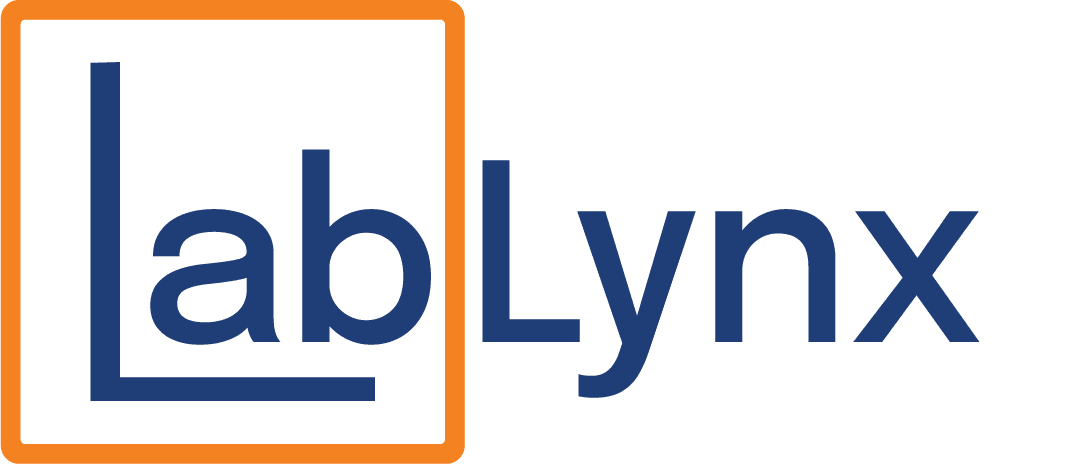Enhancing Histology Laboratory Operations with LabLynx LIMS Integration
In the specialized field of histology, where the preparation and study of tissue samples are fundamental to understanding cellular structures and diagnosing diseases, the efficiency and accuracy of data management are paramount. Laboratory Information Management Systems (LIMS) have become crucial in streamlining operations within histology laboratories, ensuring precision and enhancing productivity. LabLynx, a leader in LIMS solutions, is at the forefront of integrating these systems into histology labs, transforming the way they operate and significantly improving their output and reliability. This article explores the importance of LIMS in histology and showcases how LabLynx is revolutionizing this essential medical field with its innovative solutions.
The Importance of LIMS in Histology
Histology laboratories face the challenge of handling a high volume of tissue samples, each requiring meticulous preparation, analysis, and reporting. The complexity of managing these processes, coupled with the need for strict adherence to regulatory standards, makes the role of a LIMS in histology labs indispensable. LIMS solutions, such as those provided by LabLynx, offer a centralized platform for managing all aspects of the laboratory workflow, from sample tracking to data analysis and report generation, thus ensuring operational excellence.
Key Advantages of LabLynx LIMS for Histology Laboratories
LabLynx understands the unique requirements of histology laboratories and delivers LIMS features tailored to enhance their operations:
- Streamlined Sample Tracking: LabLynx LIMS facilitates the efficient tracking of tissue samples throughout the preparation and analysis process. By automating sample logging and labeling, the system minimizes manual errors and ensures that each sample is accurately accounted for.
- Integrated Data Management: The integration of LabLynx LIMS with histology instruments and imaging systems allows for the seamless capture and storage of data. This not only speeds up the analysis process but also enhances the accuracy of the data captured, leading to more reliable results.
- Regulatory Compliance and Quality Control: LabLynx LIMS is equipped with features that support compliance with regulatory requirements, such as CLIA and CAP accreditation standards. The system facilitates the implementation of quality control measures, ensuring that all laboratory processes meet the highest standards of quality and safety.
- Customizable Reporting: With LabLynx LIMS, histology laboratories can generate customized reports that meet the specific needs of pathologists and other medical professionals. The ability to tailor reports enhances the communication of results and supports informed decision-making.
- Scalability and Flexibility: Recognizing that the needs of histology laboratories can evolve, LabLynx LIMS offers scalability and flexibility. The system can easily accommodate increases in sample volume and adapt to new testing methodologies, ensuring that laboratories can expand their capabilities without constraints.
LabLynx: A Pioneer in Histology LIMS Integration
LabLynx stands out as a pioneer in the integration of LIMS solutions tailored for histology laboratories. By leveraging its expertise in laboratory workflows and data management, LabLynx has developed LIMS solutions that not only meet the specific demands of histology labs but also drive innovations in tissue analysis and disease diagnosis.
The integration of LIMS in histology laboratories signifies a significant advancement in the field, offering unprecedented levels of efficiency, accuracy, and compliance. As a leader in this integration, LabLynx is setting new standards for histology labs, enabling them to achieve operational excellence and contribute more effectively to medical research and patient care. With LabLynx’s LIMS, histology laboratories are well-equipped to navigate the complexities of modern histological analysis, paving the way for breakthroughs in understanding diseases and developing treatments.


